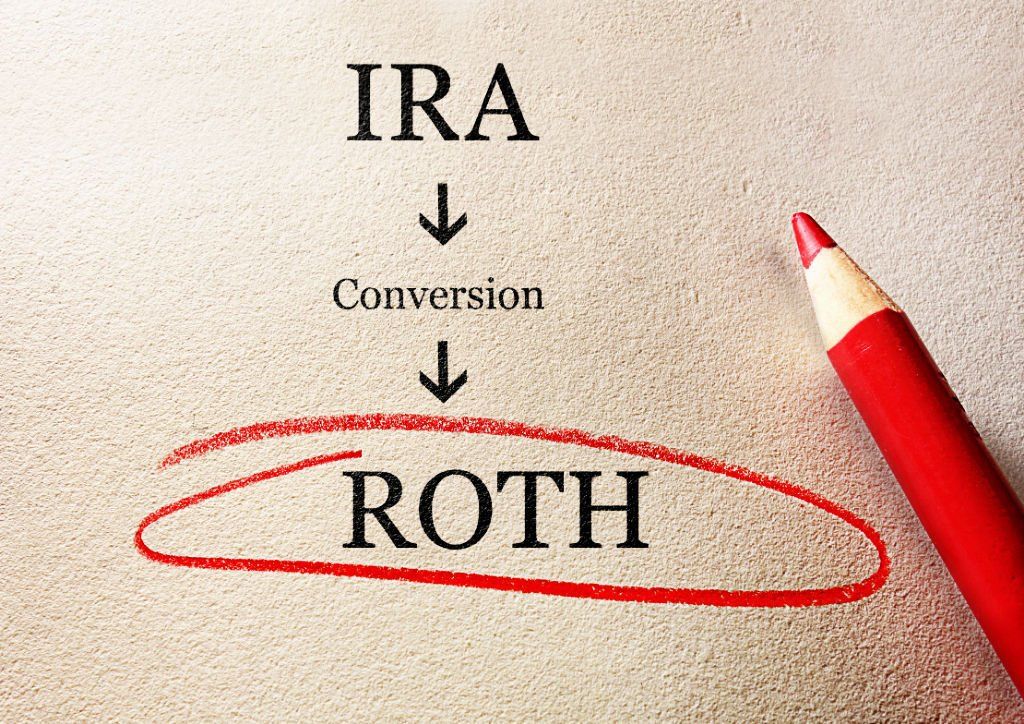Leverage Tax-Efficient Withdrawal Strategies to Boost Your Retirement Income

As I have
written in the past, investing in
retirement is greatly different from
investing for
retirement. Someone has compared it to hiking up a
mountain versus hiking down a mountain.
The
way our bodies are designed, we are more prone to accidents when walking down a
steep incline. Retirees should view investing in retirement in a similar way. It is in many ways more difficult to decumulate assets to provide a life-time income than to accumulate them for that purpose. A different set of rules apply.
Sign up to receive my free monthly email articles...because you want to make the most out of your retirement
.
Part of what makes investing in retirement more difficult is the fact that there is no room to make up for mistakes--by earning and saving more money. In retirement, we have saved what we have saved and now it is time to make it last the rest of our lives. This task is fraught with many dangers. Retirees still need to think about growth to combat the rising cost of living, but also about preservation to make sure their hard-earned savings are not prematurelydepleted, especially due to sequence risk.
Investing in retirement is more challenging because typically retirees need to take money from their portfolios for supplemental income. Retirees don’t want to run out of money before they run out of life. They also don’t want to short-change themselves out of income they could have enjoyed spending on themselves or others.
To get the most income from a retirement portfolio, it is necessary to decumulate your investments in a tax-efficient manner.
Normally this means analyzing how withdrawals should be made from the different tax-type of assets: taxable (i.e., nonqualified) accounts, tax-deferred accounts (e.g., 401(k)s, traditional IRAs), and tax-free accounts (e.g., Roth 401(k)s and Roth IRAs).
Conventional wisdom says to take taxable money first, then tax-deferred, and lastly tax-free. And this withdrawal order is usually more tax-efficient than an equally pro-rated withdrawal strategy.
However, a study done by Cook, Meyer, and Reichenstein in 2015 demonstrated that often a more tax efficient strategy is to decumulate taxable accounts coupled with Roth conversions to max out the lower tax brackets, then max out the lower tax brackets with tax-deferred withdrawals coupled with Roth distributions .
In essence what they showed was that taking advantage of filling up the lower tax brackets in the earlier, low-income years helped the retiree to avoid paying more taxes in the higher brackets later in retirement. Hence, it can lower the overall average tax burden.
A more recent study published in the Journal of Financial Planning explored the effects of Social Security Benefits and Required Minimum Distributions (RMDs) on tax-efficient withdrawal strategies. In the February 2018 edition, Greg Geisler, Ph.D. and David S. Hulse, Ph.D. made the following conclusions.
- The importance of decumulating investments in a tax-efficient manner is often under-estimated in retirement planning.
- Due to the 50%
and 85% phase-ins
of taxes on Social Security benefits, the investor can
face effective marginal tax rates that are much higher than the statutory rates
(rates as high as 46%). [Remember, since these phase-in provisional income thresholds
are not indexed for inflation, more and more of Social Security benefits will be taxable from a "real dollars" perspective.]
- The study showed that maxing out the lower (15/12%) bracket resulted in a high degree of tax efficiency, even when considering the complexities of Social Security benefits and RMDs.
- For smaller retirement nest-eggs of $600,000 versus $2-3 million, the strategy to max out the 10% bracket can create greater tax efficiency. For larger nest-eggs, retirees can often lower taxes by maxing out the 25% bracket (22% and 24% with the new tax law).
- They
concluded that the strategy is not best for every situation but it is a good
starting point to find the best strategy. (For example, one problem is not having enough non-qualified, taxable account assets to pay for living expenses and the taxes on the conversion. Every situation has to be carefully evaluated each year to be sure it makes sense. It is most beneficial to implement in low-tax years for various reasons such as extra deductions or low income, etc. )
- Finally, the study showed that delaying Social Security benefits and increasing traditional IRA-to-Roth IRA conversions while maxing out the lower tax brackets can significantly lengthen a portfolio’s life. And that is a huge benefit when considering the financial danger posed by living a long time (i.e., longevity risk ).
This proposed strategy estimates a $467,010
greater ending portfolio than a pro-rata withdrawal
strategy without the Roth conversions, assuming the current tax law sunsets in 2025 as scheduled($374,000 more if the current tax laws do not sunset). This proposed strategy will result in a $443,980 greater ending portfolio than a sequential (i.e., taxable,
then tax-deferred, then tax-free) withdrawal strategy without the Roth conversions.
You can see in this case how it is the Roth conversions
in the years prior to the start of RMDs at age 70½ that accounts for the lion’s
share of the tax-savings. [Note: In this case, the spending shocks around age 90 (the time horizon for which we planned), reflect estimated end-of-life long term care expenses based on national averages.]
With the Roth recharacterization rule terminated in the most recent tax bill, we will meet toward the end of each year to assess the amounts to convert. (see Highlights from the New 2018 Tax Rules ).
Assuming the 2018 tax laws sunset as scheduled in 2025 and otherwise do not change significantly in the future, implementing this strategy successfully could result in an extra $450,000 for my clients to either spend in retirement or leave for their heirs!
I think Dr. Geisler and Dr. Hulse were correct in concluding that the importance of decumulating investments in a tax-efficient manner is often underestimated.
Interesting Posts
- Are Annuities good ?
- Charitable Donation Deduction
- The Retirement Advantage
- 2020 Social Security Changes Guide
- One Page Financial Plan


Travis Echols , CRPC®, CSA
Receive free Social Security Guide by email
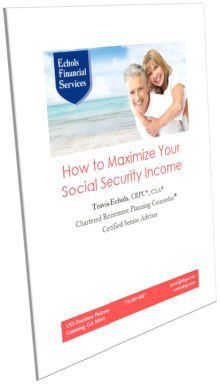
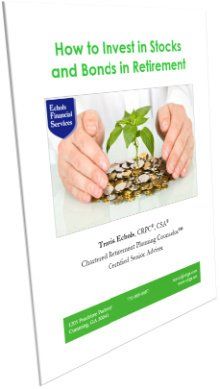
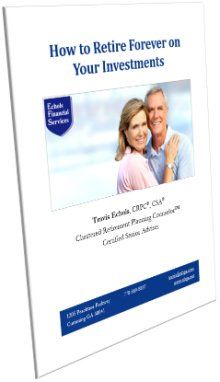
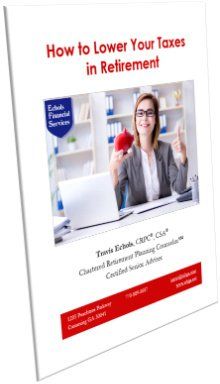
Investment Advisory Services offered through JT Stratford, LLC. JT Stratford, LLC and Echols Financial Services, LLC are separate entities.






